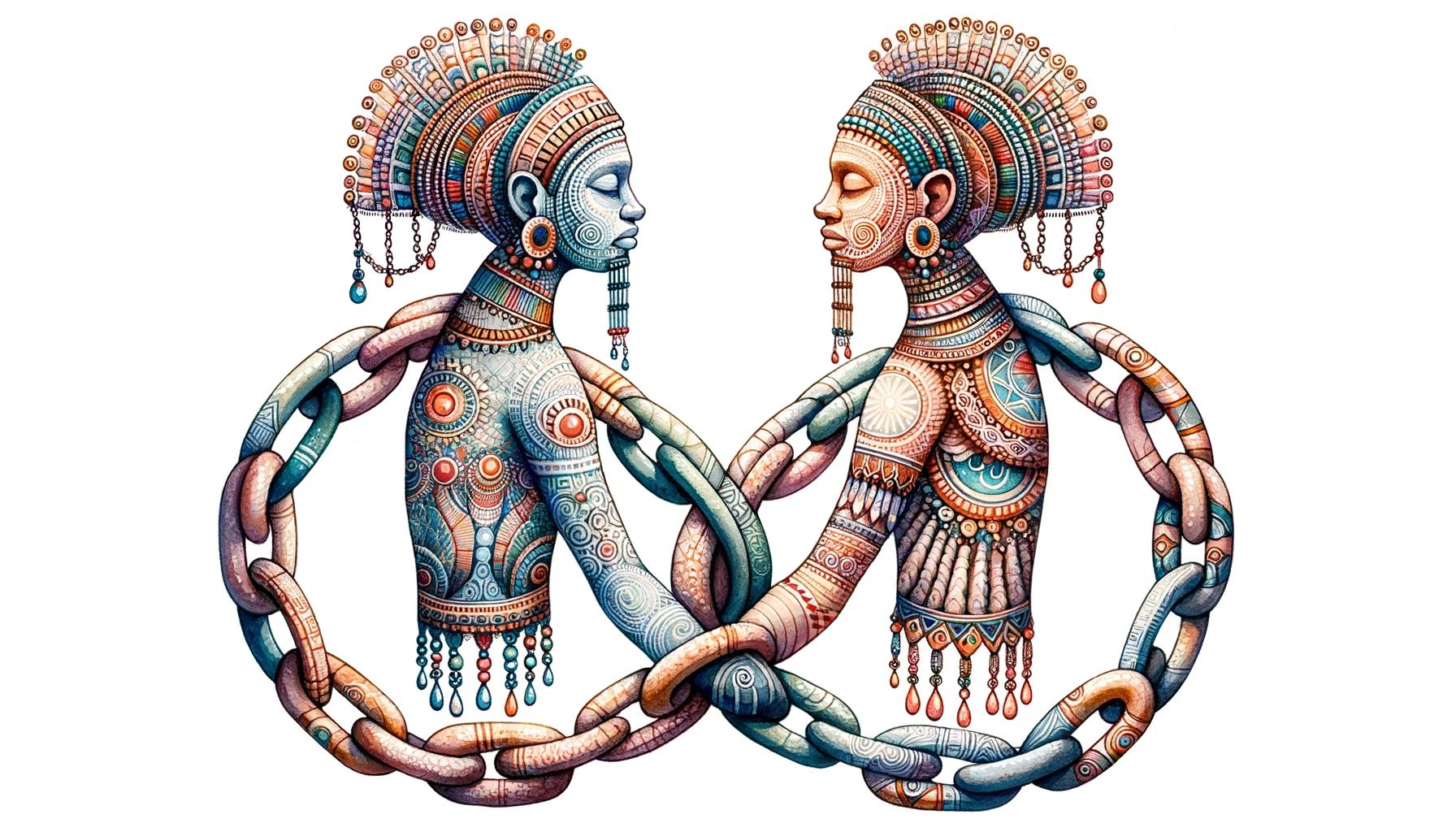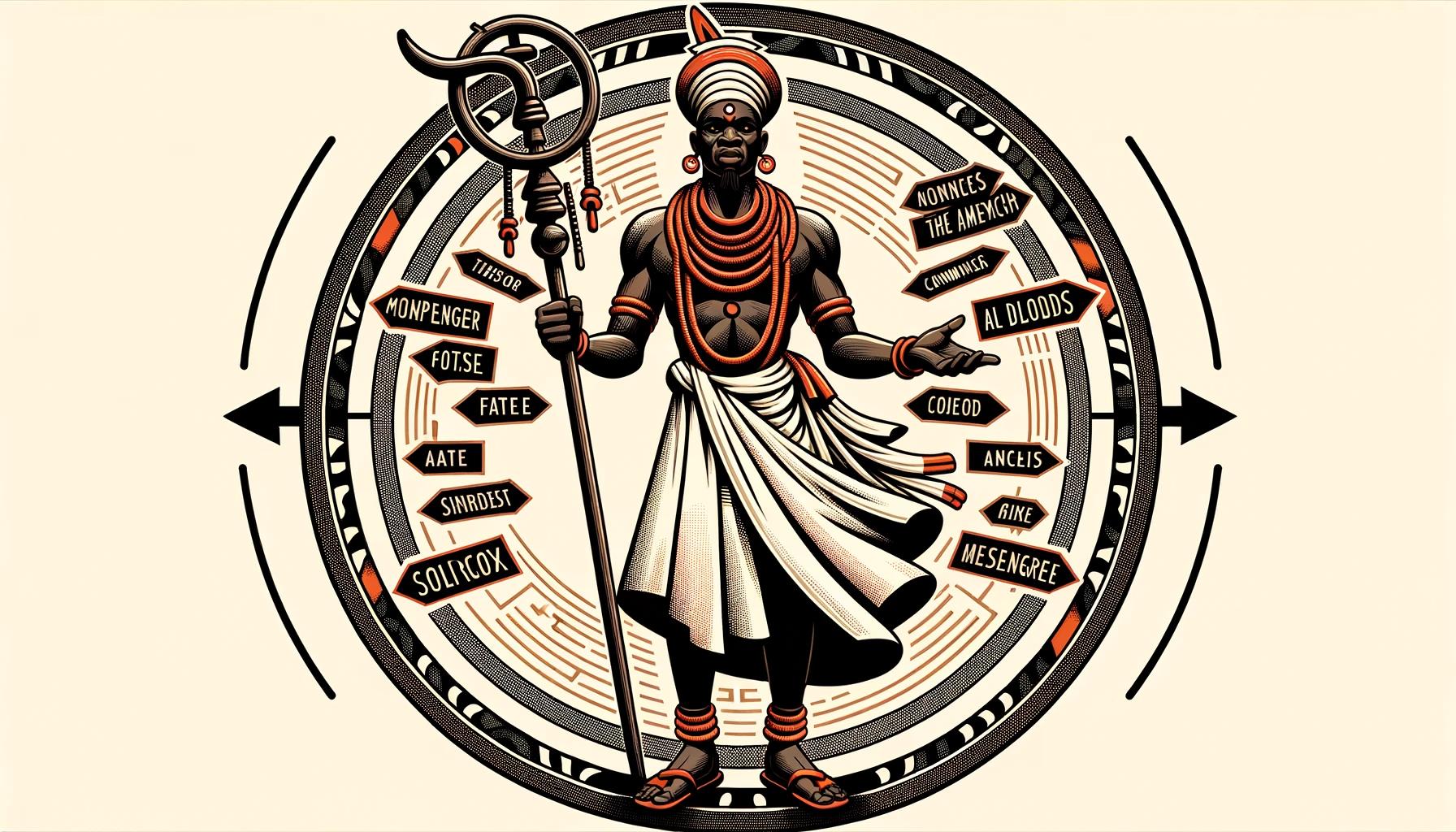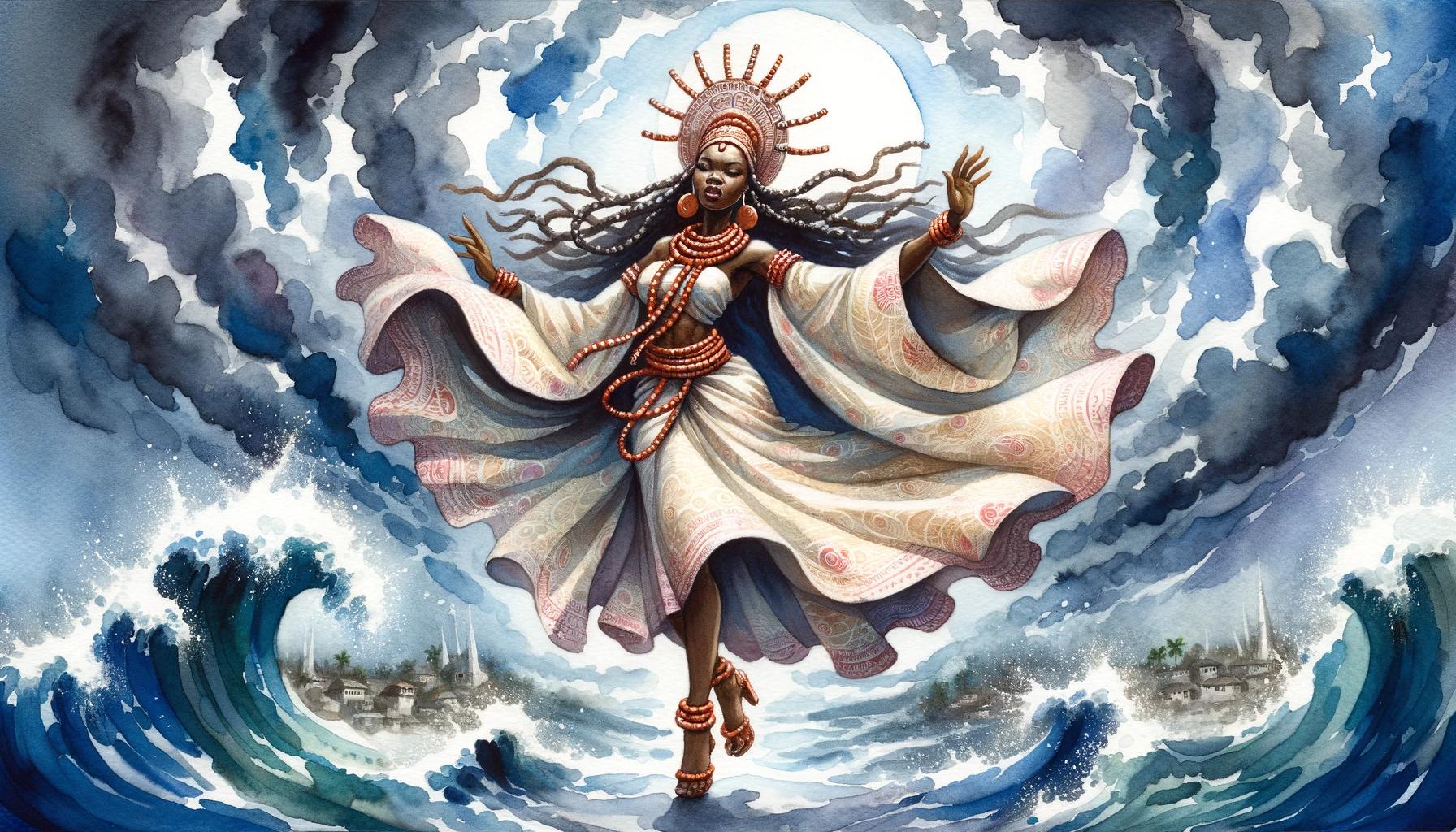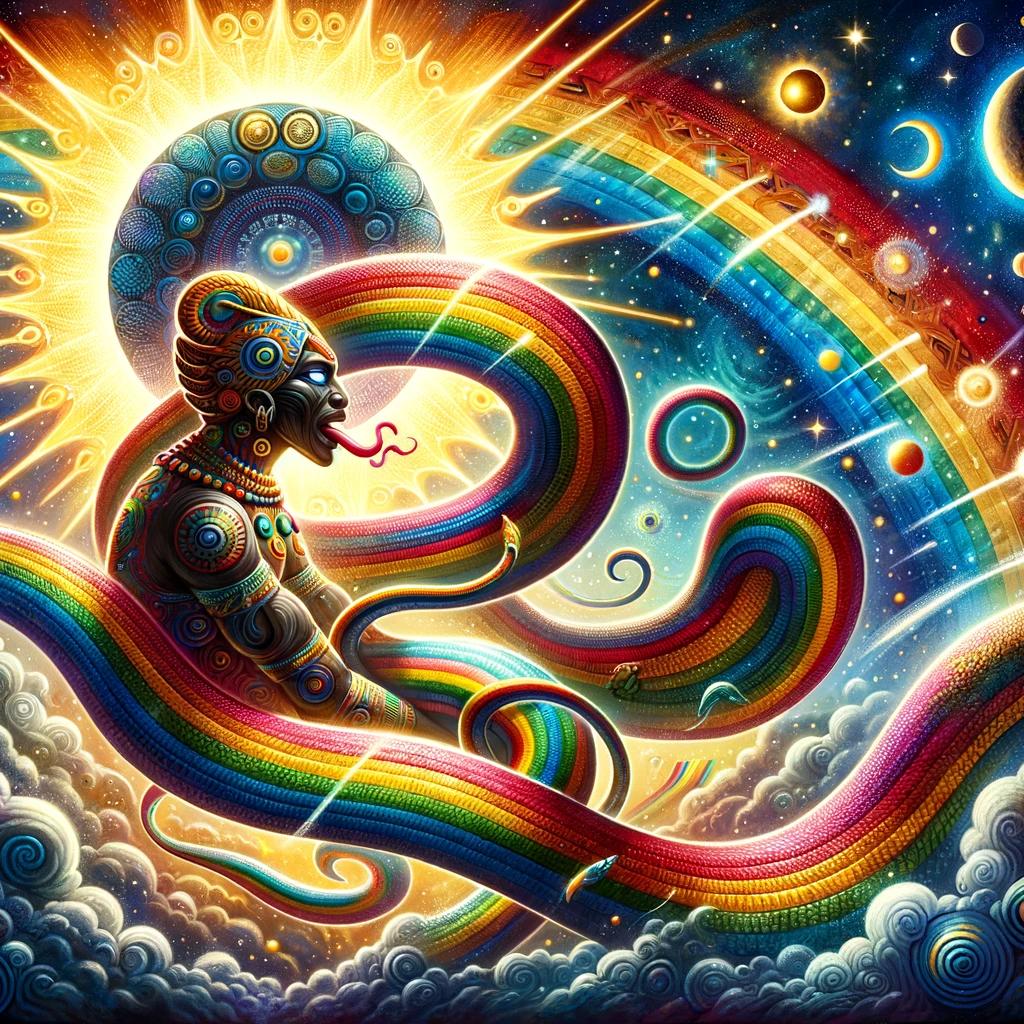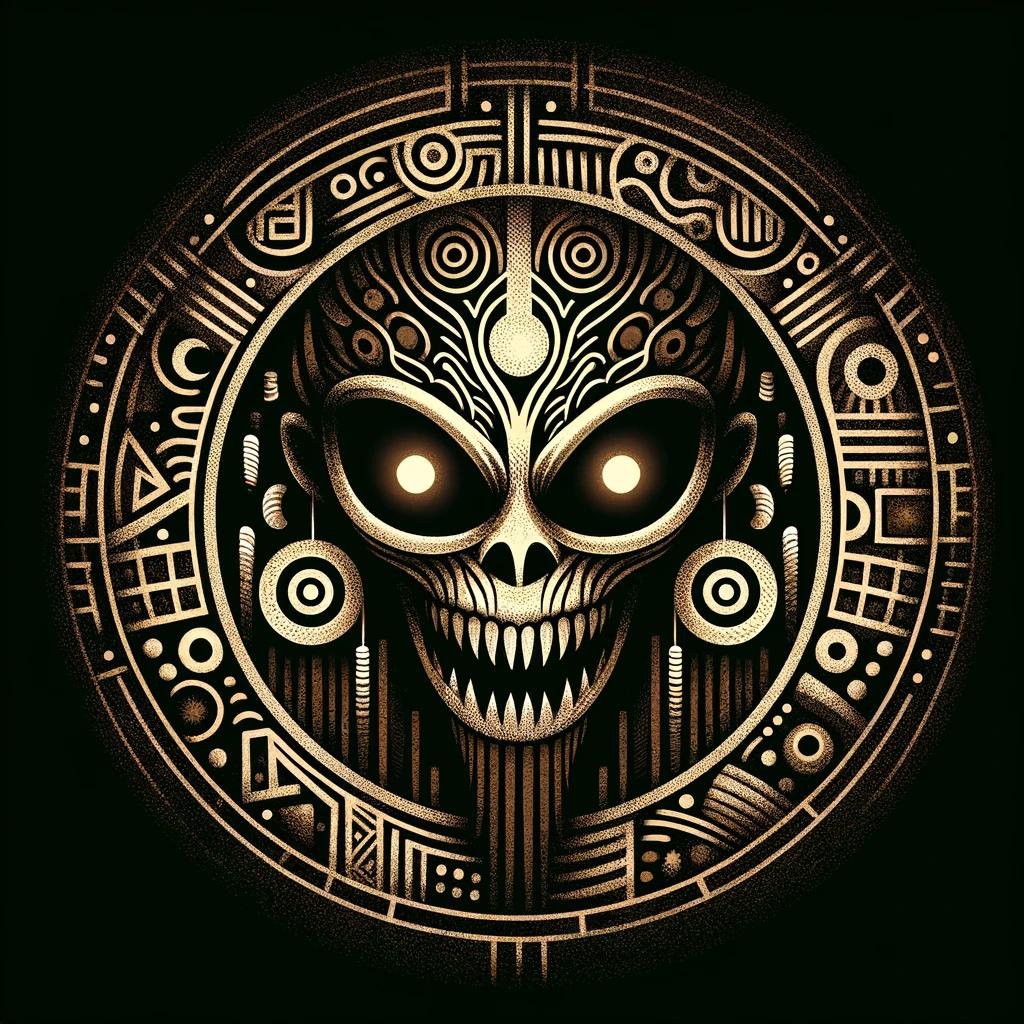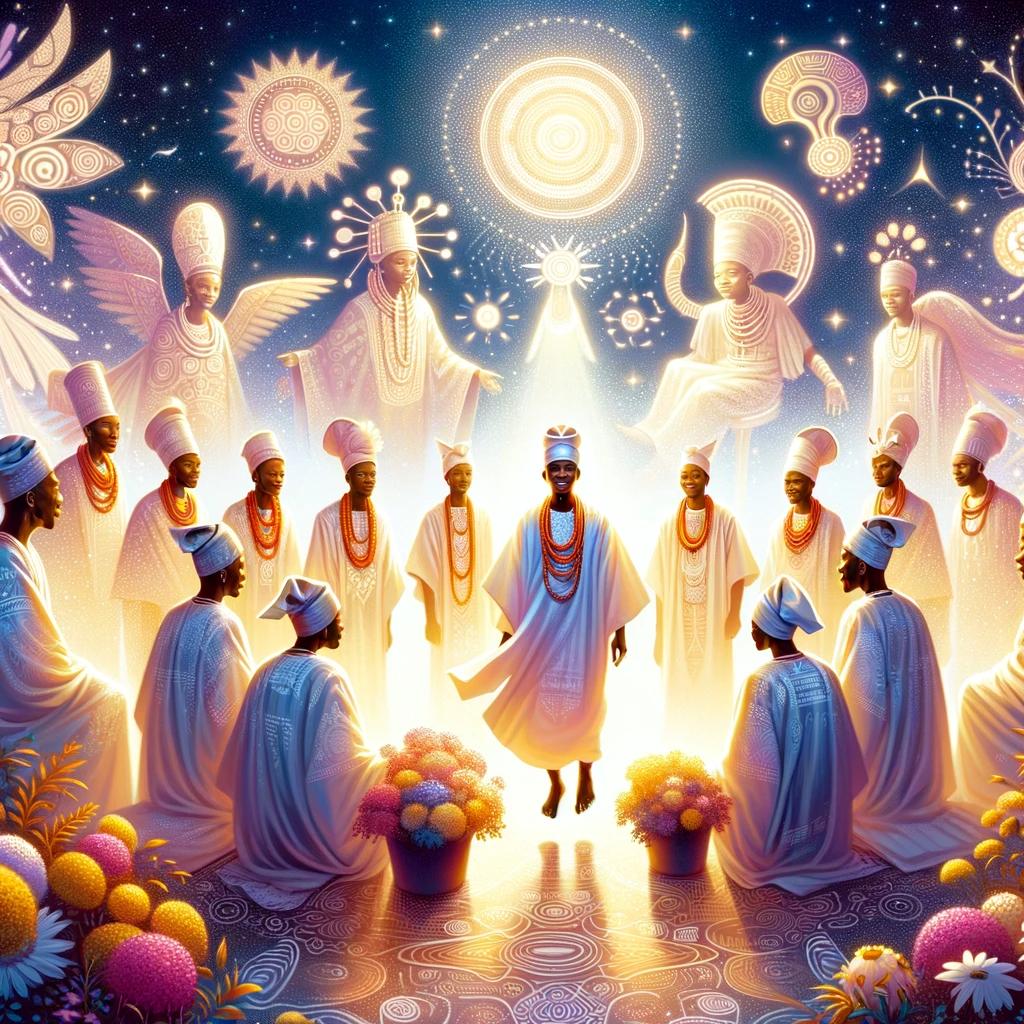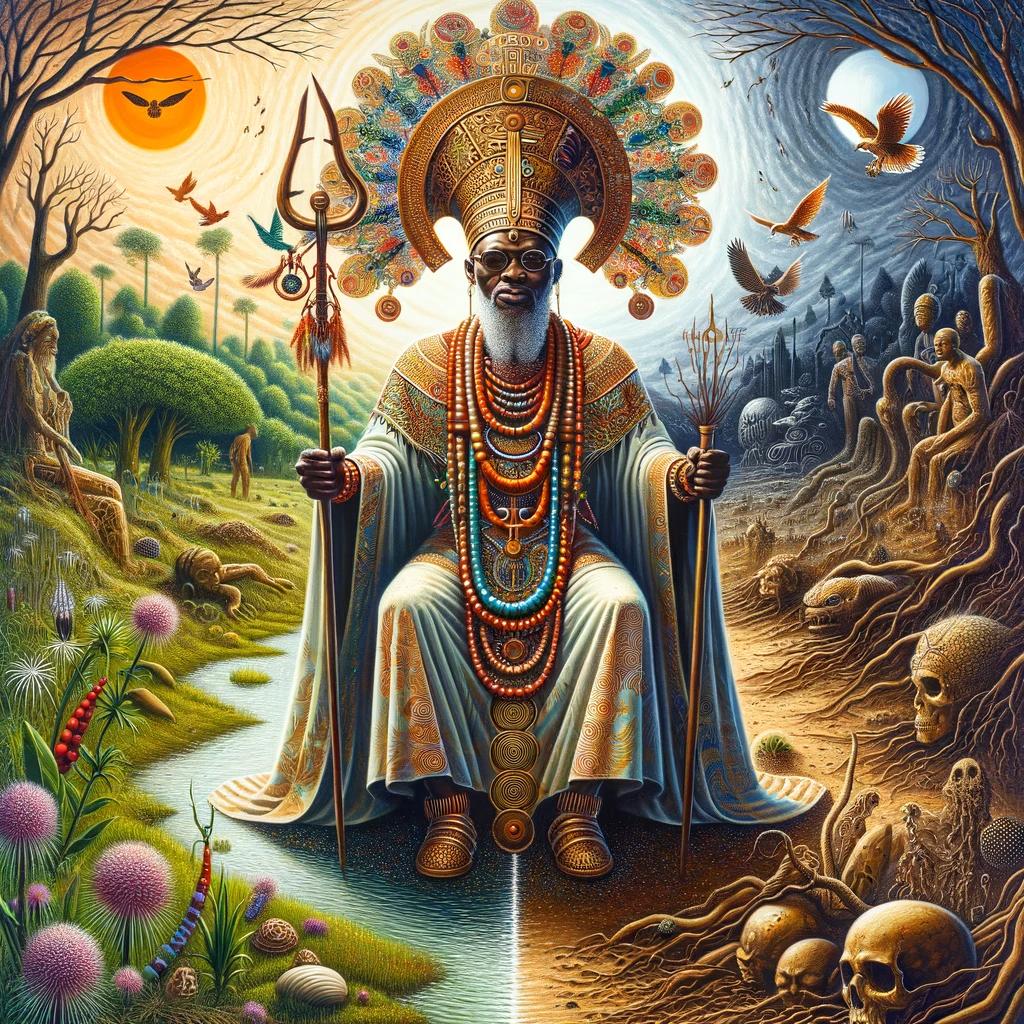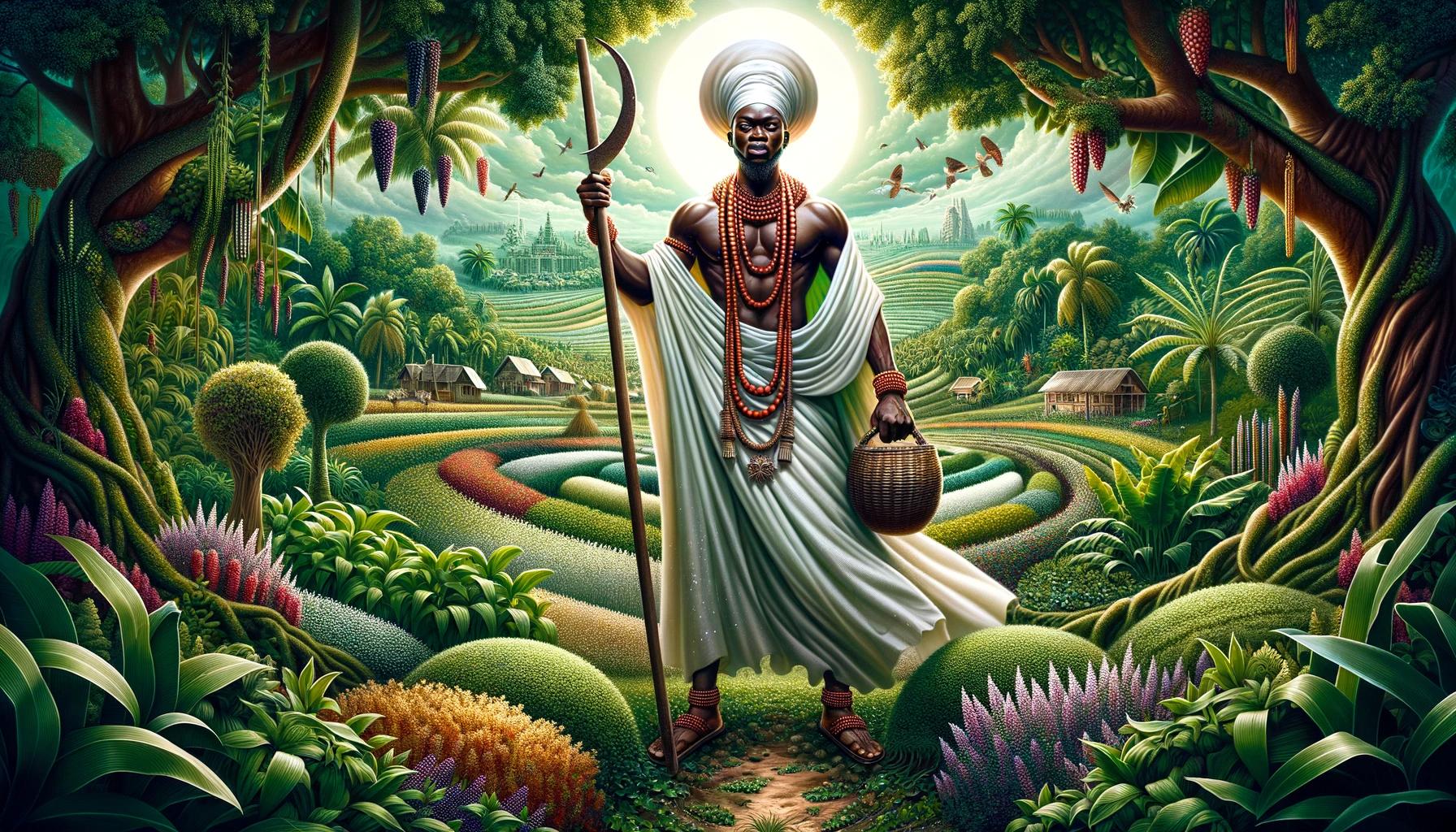Edan Yoruba: A Fascinating Insight into Yoruba Culture and Traditions
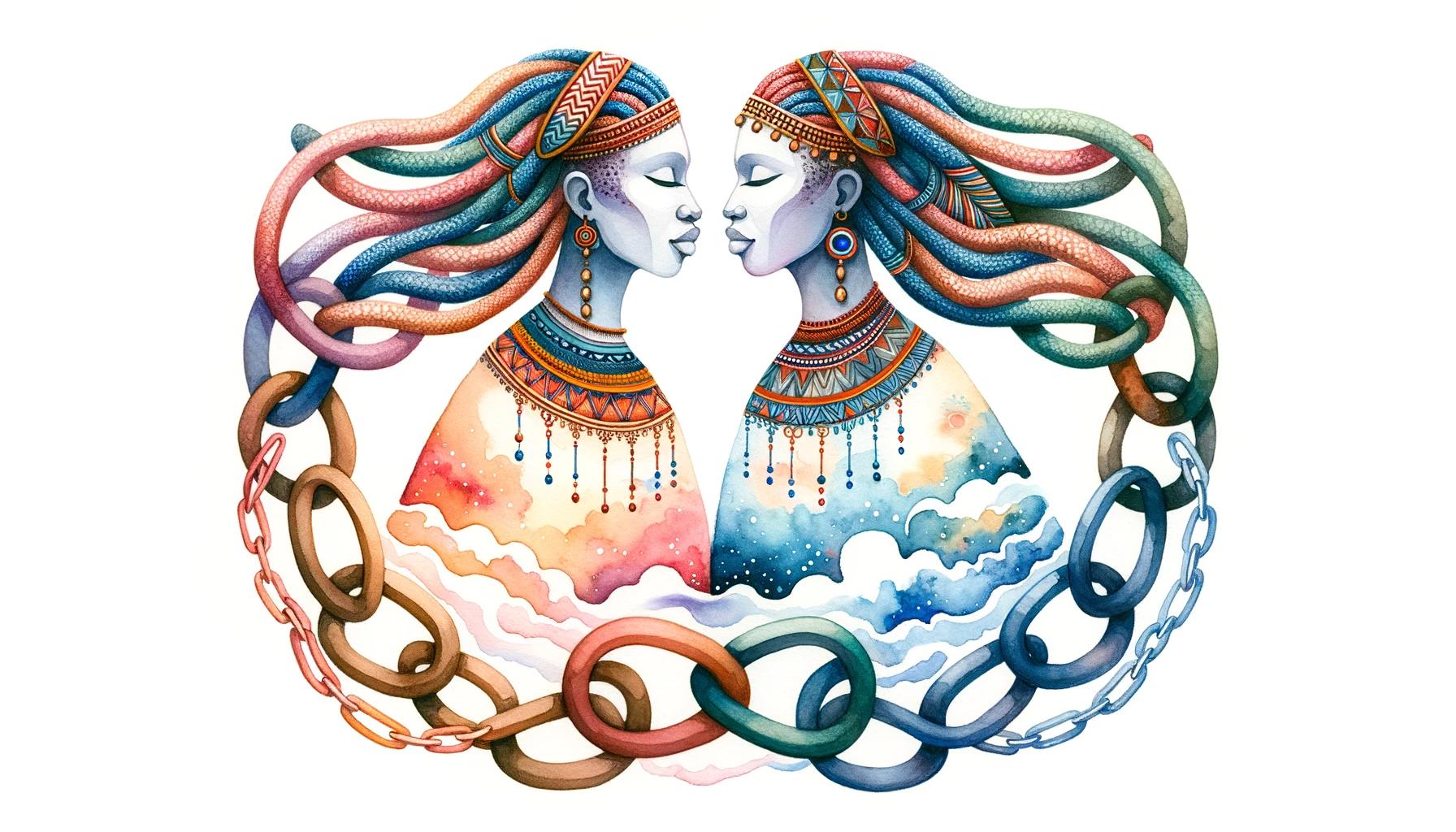
Edan Yoruba, fascinating figurines in Yoruba culture, hold significant cultural and symbolic value in the Ogboni society. Representing the duality of Onile, the owner of the land, these brass and iron sculptures depict both male and female counterparts.
Used in various ceremonies, the Edan figures embody unity, protection, and communication. Explore the rich history and functions of Edan Yoruba, and their role in promoting social stability and reconciliation within the Yoruba community.
Delve into their significance in contemporary society, with displays in museums and adaptation in modern art.
The Significance of Edan Yoruba in Yoruba Culture
The Edan Yoruba holds immense cultural and symbolic importance within Yoruba culture. As a key element of the Ogboni society, these figurines play a vital role in various aspects of Yoruba life and belief systems.
The Role of Edan in the Ogboni Society
In the Ogboni society, Edan figures hold a significant position. They are seen as an embodiment of the duality of Onile, representing the interconnected nature of the male and female energies.
The Ogboni society, led by the wisest and eldest members of the community, utilizes these figures in rituals, ceremonies, and decision-making processes.
Symbolism and Meaning Behind Edan Figures
Each Edan figure carries deep symbolism and meaning. The male Edan typically features a carved beard and prominent phallus, symbolizing masculinity and power. On the other hand, the female Edan showcases a carved collar and gestures representing the traditional role of women as nurturers and caregivers.
- These figures portray the connection to the Earth as they are closely tied to the concept of Onile, the owner of the land.
- Edan figures also serve as symbols of unity and reconciliation, promoting social stability within the community.
They signify the resolution of conflicts and the importance of harmony.
- Furthermore, the male and female Edan, joined by a chain, represent the dualities present in nature and in individuals, emphasizing the balance of opposing forces.
Through their visual representation and the values they embody, the Edan Yoruba figures hold a mirror to the cultural and societal dynamics of the Yoruba people, shedding light on their beliefs, traditions, and pursuit of balance and harmony.
The Cultural and Historical Context of Edan Yoruba
In order to understand the significance of Edan Yoruba, it is important to delve into the cultural and historical context surrounding these intriguing artifacts. The Yoruba tribe, known for its rich heritage and traditions, plays a crucial role in shaping the meaning and symbolism of Edan figures.
Yoruba Tribe: Origins and Traditions
The Yoruba people can trace their origins back to southwestern Nigeria, where their civilization thrived for centuries. Their vibrant culture encompasses various aspects such as religion, art, music, and governance. The Yoruba have a deep spiritual connection with the natural world, attributing significant importance to the worship of ancestral spirits, known as Orisha.
Throughout history, Yoruba artistic expression has flourished, capturing the essence of their beliefs and traditions. This includes the creation of Edan figures, which are revered as powerful symbols of Yoruba identity and spirituality.
Ogboni Society: Purpose and Structure
Within the Yoruba community, the Ogboni society holds a prominent position. Emerging from ancient traditions, the Ogboni society acts as a unifying force, harmonizing the spiritual and social spheres of Yoruba life.
Comprising the wisest and eldest members of the community, the society plays a crucial role in maintaining order and balance.
The purpose of the Ogboni society extends beyond spiritual matters and includes governance and dispute resolution.
They function as a municipal council and civic court, promoting justice, community welfare, and the overall well-being of the Yoruba society.
Edan Yoruba figures have a strong connection to the Ogboni society.
They are used in various ceremonies and rituals as tools for communication, protection, and guidance. As symbols of authority and prestige, these figurines symbolize the wisdom and power of the Ogboni society leaders.
The Design and Features of Edan Yoruba Figures
The Edan Yoruba figures are not only fascinating in their symbolism but also in their intricate design and distinct characteristics. These sacred sculptures, representing both the male and female counterparts, hold great significance in Yoruba culture and traditions.
Male Edan: Symbolism and Characteristics
- The male Edan figure is distinguished by its unique features that symbolize masculinity and power.
- One notable characteristic of the male Edan is the intricately carved beard, representing wisdom, maturity, and authority.
- Another prominent feature is the depiction of a prominent phallus, symbolizing fertility and procreation.
- The seated position of the male Edan signifies stability and groundedness.
Female Edan: Symbolism and Characteristics
- The female Edan figure exhibits distinctive symbolism associated with femininity and nurturing qualities.
- One notable feature is the intricately carved collar, symbolizing adornment and beauty.
- Gestures portrayed by the female Edan refer to the traditional role of women in providing nourishment and care.
- The seated position of the female Edan signifies the importance of grounding and stability in nurturing roles.
The combination of these symbolic elements in the design of Edan Yoruba figures reflects the complementary nature of male and female energies within Yoruba cosmology.
These sculptures serve as visual representations of the duality and harmony present in the natural world and emphasize the interconnectedness of all aspects of life.
The Functions and Uses of Edan Yoruba
The Edan Yoruba figures serve multiple functions within the Yoruba culture and the rituals of the Ogboni society.
These functions encompass aspects of justice, divination, healing, protection, and communication. Each function holds significant importance and symbolism, contributing to the overall spiritual and social harmony of the community.
Judicial Function: Truth-Telling and Guilt Confession
One of the fundamental functions of the Edan Yoruba is their role in matters of justice and truth.
It is believed that when a standing Edan figure is placed on the ground during a trial or inquiry, it will fall if someone with guilt refuses to confess. The Edan serves as a symbolic presence, encouraging individuals to uphold truthfulness and take responsibility for their actions.
Oracular Function: Divination and Future Prediction
The Edan figures are essential in the process of divination, which involves seeking guidance from spiritual forces and predicting the future. During divination rituals, the presence of the Edan influences the accuracy and reliability of the predictions.
They are believed to possess a deep connection with the spiritual realm, enabling them to provide insights into the unknown and offer guidance to individuals seeking answers.
Healing Function: Medicinal Preparations and Practices
In the realm of healing and medicine, the Edan Yoruba play a vital role.
The spoon-like shape of the Edan figures is specifically designed for the preparation and administration of traditional herbal remedies. They are used by healers and herbalists to measure, mix, and serve medicinal concoctions, harnessing the healing properties of various plants and ingredients.
The Edan’s involvement in medicinal practices reflects the belief in the power of nature and ancestral knowledge for holistic well-being.
Protective Function: Warding off Harm and Witchcraft
The Edan Yoruba serve as protective talismans, safeguarding their bearers from harm and warding off negative spiritual influences, including witchcraft. It is believed that the presence of the Edan confers spiritual protection, shielding the individual or community from malevolent forces and promoting harmony and well-being.
Their role as protectors highlights the importance of maintaining spiritual balance and purity.
Communication and Surveillance Function: Message Delivery and Observation
The Edan figures are also associated with communication and surveillance. It is believed that the Edan can transform into birds, enabling them to travel and deliver messages between the physical and spiritual realms.
They serve as messengers and observers, monitoring the actions and interactions of individuals within the community. This function emphasizes the interconnectedness between human beings, spirits, and the natural world, ensuring constant vigilance and communication.
Edan Yoruba as Symbols of Unity and Reconciliation
Edan Yoruba figures hold significant meaning as symbols of unity and reconciliation within the Yoruba culture. These fascinating artifacts have played a crucial role in resolving conflicts and promoting social stability throughout history.
Edan Yoruba in Resolving Conflicts and Promoting Social Stability
The presence of Edan figures in the Yoruba community represents a commitment to resolving disputes and bringing harmony among its members. These figurines symbolize the importance of unity and understanding, acting as a visual reminder of the values that promote peaceful coexistence.
When disagreements arise, the mediation process often involves the involvement of the Ogboni society, where the Edan figures play a crucial role. The Ogboni members rely on these sacred objects to facilitate discussions and encourage parties to seek common ground and reconciliation.
By embracing the symbolism embedded in the Edan Yoruba figures, individuals are reminded of the need to set aside differences and work towards mutual understanding. These figurines serve as powerful visual tools that inspire a collective commitment to resolving conflicts and fostering social stability within the Yoruba community.
The Role of Ogboni Society in Community Governance
The Ogboni society, led by the community’s wisest and most respected individuals, plays a vital role in the governance of the Yoruba community. They act as custodians of tradition, justice, and harmony, ensuring the adherence to cultural norms and values.
Within the framework of community governance, the Ogboni society incorporates the use of Edan Yoruba figures as symbols of authority and unity. These figurines represent the collective wisdom and responsibility of the society’s leaders to promote a cohesive and harmonious community environment.
Through their involvement in conflict resolution and decision-making processes, the Ogboni society exemplifies the significance of the Edan Yoruba figures in maintaining social order and upholding the community’s overall well-being.
As guardians of cultural heritage, the Ogboni society continues to carry forward the traditions and values associated with these iconic symbols of unity and reconciliation, ensuring their relevance and influence in contemporary Yoruba society.
Edan Yoruba in Contemporary Society
Edan Yoruba, with its rich cultural significance, continues to hold a prominent place in contemporary society. It is not only revered for its historical and traditional value but has also found a home in museums and modern art.
This section explores the display and preservation of Edan Yoruba in museums, as well as its influence and adaptation in modern artistic expressions.
Display and Preservation in Museums
Various museums worldwide recognize the importance of Edan Yoruba and have curated exhibitions to showcase these remarkable artifacts. Exhibitions not only offer visitors a glimpse into Yoruba culture but also provide an opportunity to appreciate the craftsmanship and symbolism of the Edan figures.
Museums, through proper preservation techniques, ensure that these cultural treasures remain intact for future generations to appreciate and study.
The Influence and Adaptation of Edan Yoruba in Modern Art
Edan Yoruba’s influence extends beyond museum displays, reaching the realm of modern art. Contemporary artists draw inspiration from the symbolism and duality represented by the Edan figures, incorporating these themes into their creations.
The adaptability of Edan Yoruba allows artists to experiment with various mediums, from paintings and sculptures to mixed media installations. Through their art, these individuals explore the intersections of tradition and contemporary expression, creating thought-provoking and visually captivating pieces.
The enduring presence of Edan Yoruba in museums and its incorporation into modern art demonstrates the ongoing significance and relevance of this cultural icon. It serves as a powerful reminder of the vibrant Yoruba heritage and its ability to inspire and captivate audiences worldwide.
.

